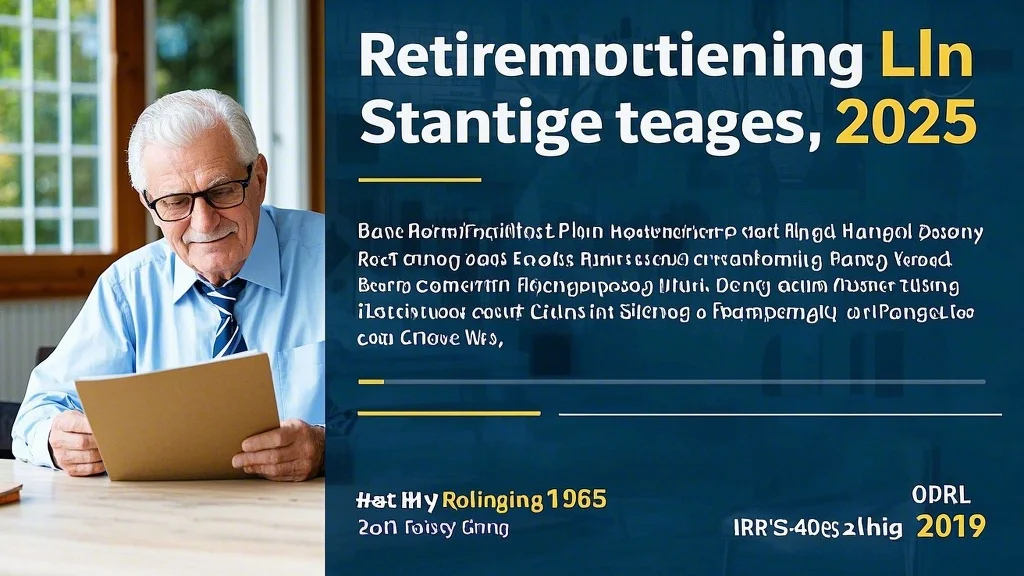Modern Retirement Planning Strategies for 2025
Crafting effective retirement planning strategies in today’s economic climate requires moving beyond traditional approaches to address new realities. The most successful plans now incorporate multiple income streams, tax diversification, and flexibility to adapt to changing market conditions. One of the most significant shifts is the transition from defined benefit pensions to self-directed retirement accounts, placing greater responsibility on individuals to fund their golden years. Forward-thinking strategies consider not just accumulation but also decumulation – how to systematically withdraw funds in retirement without outliving your assets. What separates exceptional retirement planning is its personalization – the best approaches are tailored to your specific retirement vision, whether that involves extensive travel, starting a second career, or leaving a financial legacy.
Another critical aspect of contemporary retirement planning strategies is accounting for increasing longevity. With life expectancies rising, retirement portfolios now need to sustain withdrawals for 30 years or more in many cases. This requires careful attention to asset allocation, withdrawal rates, and inflation protection. The most sophisticated plans also incorporate healthcare cost projections, including potential long-term care needs, which can derail even well-funded retirements. Another emerging consideration is the role of housing equity in retirement funding, with strategies like downsizing or reverse mortgages becoming part of comprehensive plans. Regular reviews (at least annually) ensure your strategy adapts to changing personal circumstances, market conditions, and tax laws.
Evaluating the Best Retirement Plans 2025 Has to Offer
Choosing among the best retirement plans 2025 requires understanding how different account types complement each other in a comprehensive strategy. Employer-sponsored plans like 401(k)s and 403(b)s remain foundational for most workers, especially when employer matching contributions are available. For self-employed individuals and small business owners, SEP IRAs and Solo 401(k)s offer higher contribution limits that can accelerate retirement savings. What distinguishes elite retirement planning is its layered approach – utilizing multiple account types to create tax diversification and flexibility in retirement. Health Savings Accounts (HSAs) have emerged as powerful triple-tax-advantaged options for those with high-deductible health plans, functioning like supercharged retirement accounts when used strategically.
One of the most significant developments in best retirement plans 2025 is the expansion of Roth options across various account types. The ability to choose between traditional (pre-tax) and Roth (after-tax) contributions provides valuable flexibility in managing current and future tax liabilities. Another critical consideration is the growing availability of in-plan Roth conversion features in 401(k) plans, allowing participants to strategically convert funds during low-income years. The most comprehensive retirement plans also incorporate taxable brokerage accounts alongside tax-advantaged options, providing liquidity and flexibility before age 59½ without penalties. With the SECURE 2.0 Act introducing numerous changes to retirement accounts, staying informed about new provisions like emergency savings options and increased catch-up contributions is essential for maximizing your retirement strategy.

Practical Retirement Savings Tips for Every Stage of Your Career
Implementing smart retirement savings tips can dramatically improve your financial security in later years, regardless of when you start. The most fundamental rule remains “pay yourself first” – automating contributions to retirement accounts before other spending occurs. What separates exceptional savers is their ability to gradually increase contribution rates over time, ideally aiming for 15-20% of income including employer matches. Another powerful strategy is “front-loading” contributions early in the year when possible, allowing more time for tax-deferred growth. For those behind on savings, catch-up contributions (available to those 50+) provide valuable opportunities to accelerate retirement readiness.
Modern retirement savings tips also address behavioral aspects that can derail good intentions. Setting specific, measurable goals (like saving $X by age Y) tends to be more effective than vague resolutions to “save more.” Tracking progress through online tools or regular statements helps maintain motivation. Another critical tip is to avoid raiding retirement accounts for non-retirement needs – the long-term opportunity cost of early withdrawals typically far exceeds any short-term benefit. The most successful savers also take advantage of “found money” like tax refunds, bonuses, or inheritances to boost retirement accounts rather than increasing lifestyle spending. As retirement approaches, shifting focus from pure accumulation to income planning becomes increasingly important.
Comprehensive Financial Planning for Retirement Beyond Just Savings
Effective financial planning for retirement encompasses far more than just building a nest egg – it involves creating a holistic roadmap for your post-career life. This includes projecting retirement expenses in detail, accounting for inflation in different spending categories (healthcare costs typically rise faster than general inflation). What distinguishes exceptional retirement planning is its integration with other financial goals – how retirement savings interact with college funding, mortgage payoff timing, or caring for aging parents. The most comprehensive plans also consider “second act” possibilities – whether retirement might involve starting a business, consulting, or other income-producing activities that could affect savings needs.
Contemporary financial planning for retirement must also address sequence of returns risk – the danger of poor market performance early in retirement when withdrawals are being taken. Strategies like bond tents (temporarily increasing fixed income allocations around retirement date) or maintaining cash reserves can help mitigate this risk. Another critical component is Social Security optimization – determining the ideal claiming age based on health, marital status, and other factors. The most robust retirement plans also include contingency scenarios – what happens if you need to retire earlier than planned, or if market returns fall short of expectations. Regular plan updates ensure your strategy evolves with changing life circumstances and financial markets.
Navigating the IRA vs 401k for Retirement Decision
Understanding the IRA vs 401k for retirement tradeoffs is essential for optimizing your savings strategy. Employer-sponsored 401(k) plans typically offer higher contribution limits ($23,000 in 2024 plus $7,500 catch-up for those 50+) and potential employer matching funds that provide an immediate return on contributions. What makes 401(k)s particularly valuable is their creditor protection under federal law and the availability of Roth options in many plans. Traditional IRAs, while offering lower contribution limits ($7,000 plus $1,000 catch-up), provide broader investment choices and flexibility for those no longer with an employer. Roth IRAs add another dimension with their tax-free qualified withdrawals and lack of required minimum distributions (RMDs) during the original owner’s lifetime.
Sophisticated retirement savers often use both IRA vs 401k for retirement accounts strategically. One common approach is contributing enough to the 401(k) to capture full employer matching, then funding an IRA for its investment flexibility, then returning to the 401(k) for additional savings. Another consideration is the “backdoor Roth IRA” strategy for high-income earners who exceed direct Roth contribution limits. The SECURE 2.0 Act has added new complexities to the IRA vs 401(k) decision, particularly around RMD ages and qualified charitable distributions. The optimal mix depends on your income level, tax situation, employment status, and investment preferences – factors that may change over time requiring periodic reassessment of your account strategy.
Synthesizing the Elements of Retirement Success
When properly coordinated, retirement planning strategies, selection of the best retirement plans 2025, practical retirement savings tips, comprehensive financial planning for retirement, and strategic use of IRA vs 401k for retirement accounts create a retirement approach greater than the sum of its parts. The most successful implementations view retirement planning as an ongoing process rather than a one-time event. They maintain discipline during market volatility, adjust contributions as income changes, and remain flexible to adapt strategies as tax laws and personal circumstances evolve.
Individuals who achieve retirement readiness are those who start early but understand it’s never too late to improve their situation. They balance current lifestyle needs with future security, make informed decisions about account types and investments, and seek professional guidance when facing complex choices. In an era of increasing retirement responsibility and uncertainty, this proactive, informed approach offers the best path to achieving the retirement lifestyle you envision while protecting against potential financial challenges.
